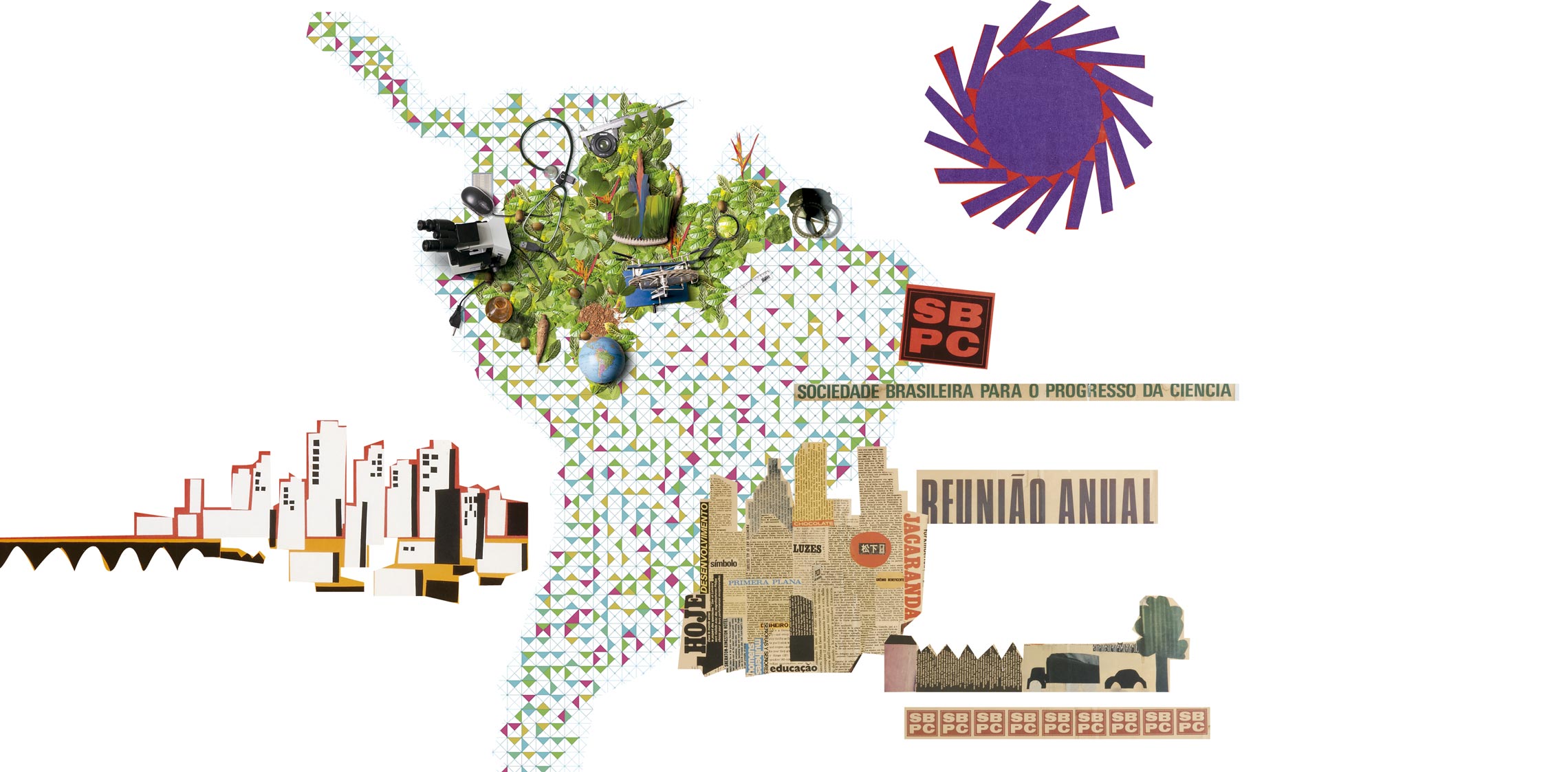In the coming years, the Brazilian Society for the Advancement of Science (SBPC) aims to be more purposeful—not just dealing with pressing problems in science and education, but diversifying its audience beyond researchers from universities and research institutes, attracting more young people, teachers, students, and professionals. It also intends to seek new sources of income and become more financially autonomous in supporting science and education, to hold annual and regional meetings, maintain its journals Ciência e Cultura and Jornal da Ciência, and increase its presence on social networks. Today, its main source of funding is public resources.
Some signs of change are already noticeable. This year, instead of just inviting Brazilian presidential candidates to discuss their plans on science, technology, education, and other topics, the SBPC and other academic institutions worked together to develop public policy proposals for these areas—such as the creation of a National Science, Technology, and Innovation Plan—and presented them to the candidates with the aim of collaborating on future government programs.
At the same time, bloggers and social media professionals have been more active at the institution’s headquarters in São Paulo. With help from the youth, the SBPC is aiming to expand its communication channels and increase its participation on social networks, where it currently has 180,000 followers on Twitter and 30,000 on Facebook. “Our communications are still mainly focused on researchers and teachers in higher education,” says physicist Ildeu de Castro Moreira, a professor at the Federal University of Rio de Janeiro (UFRJ) and president of the association. “We need to win over new audiences, especially young people, with affordable, high-quality content.”
Potential new sources of revenue are still being studied. According to Moreira, the budget was unstable until 2008, when the SBPC and the Brazilian Academy of Science (ABC) began receiving a proportion of the federal budget due to their status as entities of public interest and their participation on government councils and commissions. In a reflection of recent cuts to science and technology, however, federal funding for the SBPC fell from R$3.3 million in 2017 to R$1.9 million in 2018.
In 2017, the AAAS in the United States received donations from about 1,200 individuals, businesses, and government institutions
The SBPC had 20,000 members in the 1970s, and today has around 6,000. Membership fees range from R$65 for undergraduate students and school teachers, to R$130 for professors or researchers at universities and research institutions and other professionals. The annual meetings are paid for by research centers, government bodies, and companies participating at ExpoT&C, an exhibition that takes place alongside the lectures. The most recent, held in Maceió in July, cost R$4 million in total.
One possible way of reducing this financial instability is to encourage businesses to support the association. In discussions starting in 2010, the SBPC approached companies during development of the Legal Framework for Science and Technology, which was approved in 2016 and ratified in 2018 (see Pesquisa FAPESP issue no. 265). “There has been a great convergence of strategies for reducing bureaucracy and supporting innovation in Brazil, but there are also divergences,” says Moreira. “The CNI [National Confederation of Industry] was in favor of Constitutional Amendment 95, which freezes public spending, including for science and technology, and we were against it,” he offers as one example.
The ABC is subject to the same financial fluctuations: the federal budget for the institution fell from R$4.2 million in 2017 to R$2.4 million in 2018, with no assurance that all the money will be granted. “The 2018 budget puts the ABC in a very vulnerable position,” says Fernando Verissimo, the institution’s chief of staff.
The American Association for the Advancement of Science (AAAS) in the US has diversified its sources of revenue. Founded in 1848, the AAAS has roughly 200,000 members; in 2017, it received US$9.4 million in membership fees, US$55.8 million in advertising from its six journals, including Science, US$22 million in public programs and funding, and US$11 million from investments, as well as donations from about 1,200 individuals, businesses, and government institutions, whose contributions ranged from US$500 to over US$100,000, according to the financial report published on its website.
In addition to scientific publications and meetings, the AAAS has run a scholarship program since 1973 for researchers at government institutions, in an effort to participate in the formulation and implementation of public policy. The organization’s Science & Technology Policy Fellowships have so far supported 250 researchers, of whom 47% were hired by the institutions at the end of the contract, allowing legislators to “add value to their work,” according to an editorial published in the journal Science in April 2018.
Fourth and final report on the 70-year anniversary of the SBPC
Scientific article
MAXON, M. E. e ALBERTS, B. Science for state legislatures. Science. Vol. 360, no. 6384, p. 9. Apr. 6, 2018.
